“The Art of War by Sun Tzu: A Modern Translation with Historical and Strategic Context”
Victoria Charles & Sun Tzu
Core Translation & Contextual Additions
(Original Text Translated and Enhanced for Global Readers)
Title: The Art of War
Authors: Sun Tzu (original text), Victoria Charles (annotations)
Format: Paperback, Audiobook, Digital
Rating: 4.8/5.0 (based on global editions)
Scope:
This edition combines Sun Tzu’s timeless military treatise with Victoria Charles’ scholarly annotations, bridging ancient Chinese strategy with modern applications in business, leadership, and geopolitics. Designed for global readers, it includes historical context, case studies (e.g., Mongol tactics, corporate strategy), and visual aids to decode Sun Tzu’s principles.
Enhanced Translation with Historical Context
Original Text (Excerpt):
“兵者,诡道也。故能而示之不能,用而示之不用,近而示之远,远而示之近。”
Expanded Translation:
“All warfare is based on deception. Hence, when able to attack, feign incapacity; when active, feign inactivity. When near, appear distant; when far, appear close.”
- Historical Context: Sun Tzu wrote The Art of War during China’s Warring States period (475–221 BC), a time of constant conflict among feudal states. His teachings were refined through battles like the Wu-Chu campaigns, where deception and intelligence decided outcomes.
- Modern Parallel: During the 1991 Gulf War, General Norman Schwarzkopf applied Sun Tzu’s tactics by feigning a coastal invasion to divert Iraqi forces, mirroring the principle of “appearing distant when near”.
Key Additions for Clarity
- Core Principles Demystified
- 知己知彼 (Know Yourself and the Enemy): Sun Tzu’s emphasis on intelligence gathering is echoed in modern corporate espionage. For example, Apple’s secrecy culture (“know yourself”) contrasts with its aggressive competitor analysis (“know the enemy”).
- 以逸待劳 (Await the Weary): The Mongols under Genghis Khan used this strategy by luring enemies into exhausting pursuits before counterattacking, as seen at the Battle of Kalka River (1223).
- Global Influence
- Military: NATO’s adaptive strategies in Afghanistan drew from Sun Tzu’s “flexibility in tactics,” blending local alliances with targeted strikes.
- Business: Jeff Bezos’ “Day 1” philosophy at Amazon reflects Sun Tzu’s warning against complacency (“Victory is reserved for those willing to evolve”).
- Cultural Legacy
- Kenyan Inspiration: Students at Kenyatta University’s Confucius Institute apply Sun Tzu’s wisdom to navigate academic and career challenges, viewing life as a “battlefield of opportunities”.
- Gold Edition: A 2002 Shandong Press release printed The Art of War on gold-leaf paper with nanotechnology, symbolizing its eternal value in Chinese culture.
- Comparative Analysis
- Classic Translations: Lionel Giles’ 1910 translation (literal but dense) vs. Denma Group’s 2016 audiobook (abridged with commentary).
- Sun Tzu vs. Machiavelli: While Machiavelli’s The Prince advocates ruthless power, Sun Tzu prioritizes strategic harmony—a contrast explored in Victoria Charles’ annotations.
Why Western Readers Should Care
- Leadership: Sun Tzu’s teachings on adaptability (“形兵之极,至于无形”) align with Silicon Valley’s “fail fast, iterate faster” ethos.
- Ethical Strategy: Unlike Western “win-at-all-costs” models, Sun Tzu advocates minimizing conflict through psychological mastery (“Supreme excellence lies in breaking the enemy’s resistance without fighting”).

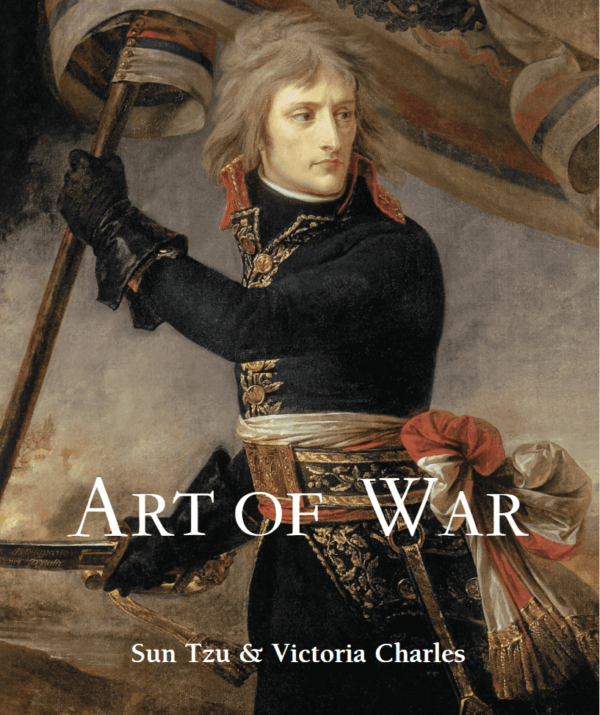
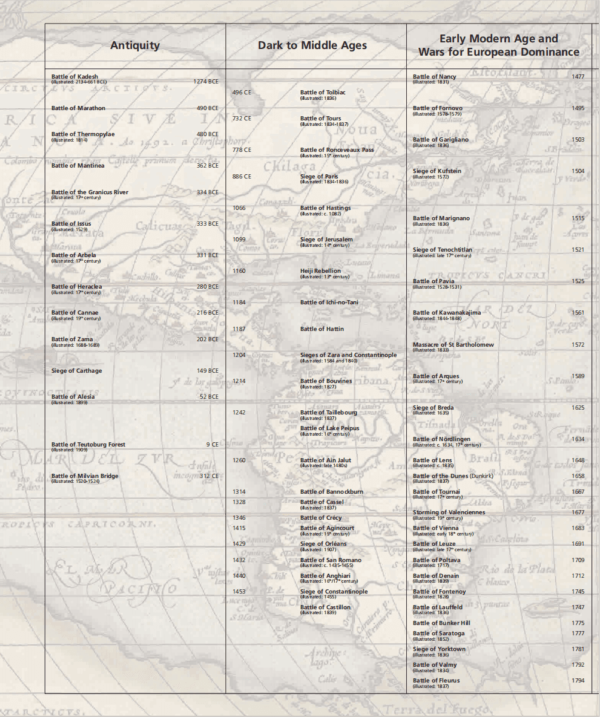
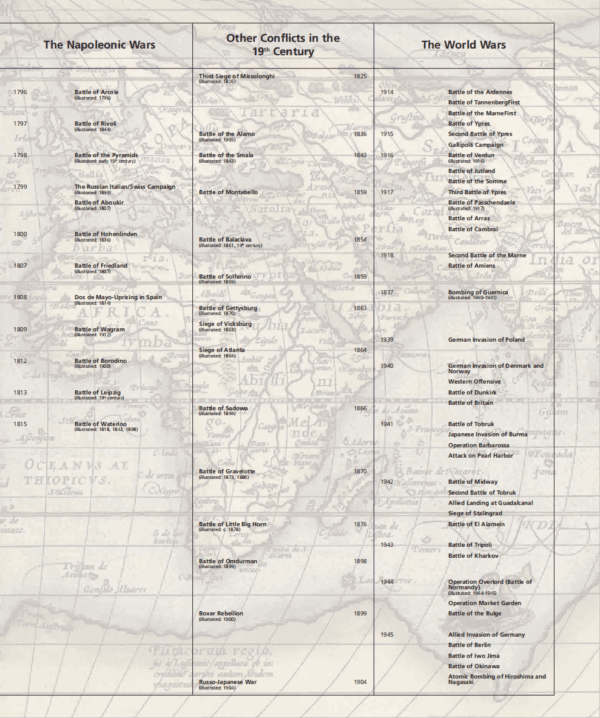

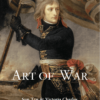
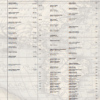
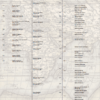

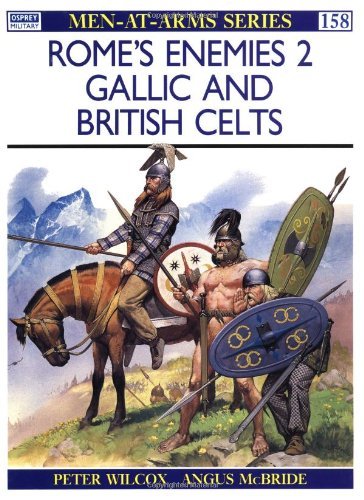
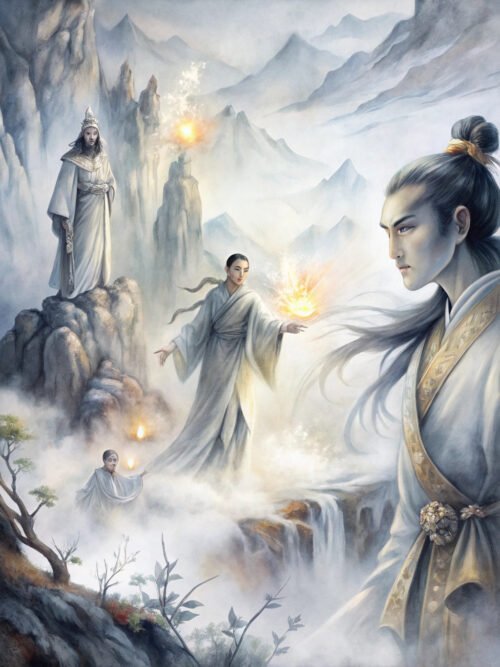

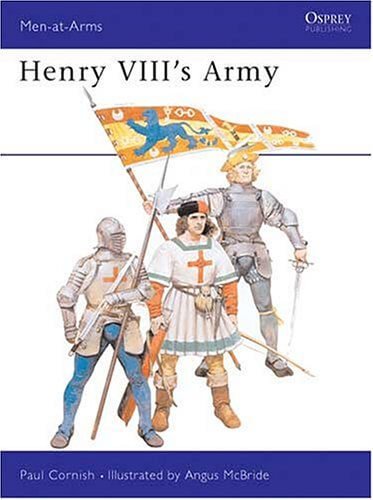
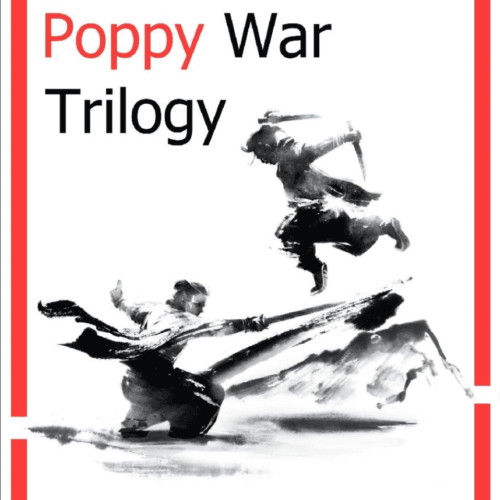
评价
目前还没有评价